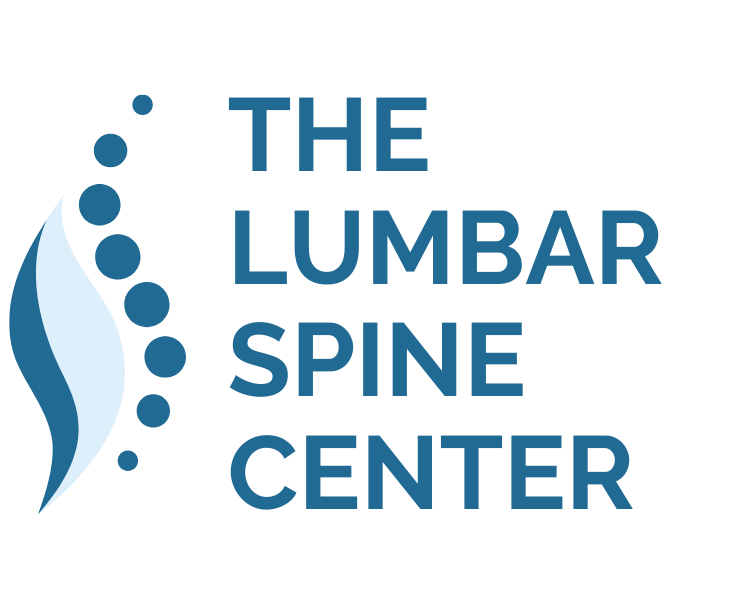Lumbar Degeneration is also known as Lumbar Arthritis, Lumbar Degenerative Disc Disease (DDD), or Lumbar Degenerative Joint Disease (DJD). It usually affects patients as they become older, not starting before the age of 40 years. Symptoms usually start as bouts of low back pain that subside with either rest or non-steroidal anti-inflammatory medications. As the episodes become more frequent, patients may be referred to a course of Physical Therapy, Chiropractic Care, or Acupuncture Therapy. Chiropractic Care is more effective if the patient suffers from a component of leg pain. Acupuncture works best in the presence of severe muscle spasms related to the pain. At some point, an MRI of the lumbar spine should be performed to determine the diagnosis and next best course of therapy. Your Physician may elect to refer you to a Physiatrist of Pain Management Physician to try something more invasive, such as an epidural or facet block. Depending on the success of any conservative management option, it may be tried again if it is successful to alleviate symptoms. Lumbar Degeneration can cause low back pain, leg pain, or both. Your symptoms will dictate what procedure is indicated if the patient requires surgery. For instance, Lumbar Degeneration may simply cause foraminal stenosis and leg pain; this would only require a foraminotomy. Alternatively, degeneration may cause severe back pain and require a multi-level fusion.
Treatment
Non-operative. The mainstay of non-operative care is to reduce the symptoms. Leg pain alone can be treated with a simple course of oral steroids followed by rest and then Physical Therapy if necessary. Other common treatments include non-steroidal anti-inflammatory agents after steroids, epidural injections, and facet blocks. Acupuncture and Chiropractic care can help as well.
Surgery. Surgery can be as simple as a foraminotomy for leg pain, a laminectomy for bilateral leg pain, or a multi-level lumbar fusion for severe degeneration and instability.



